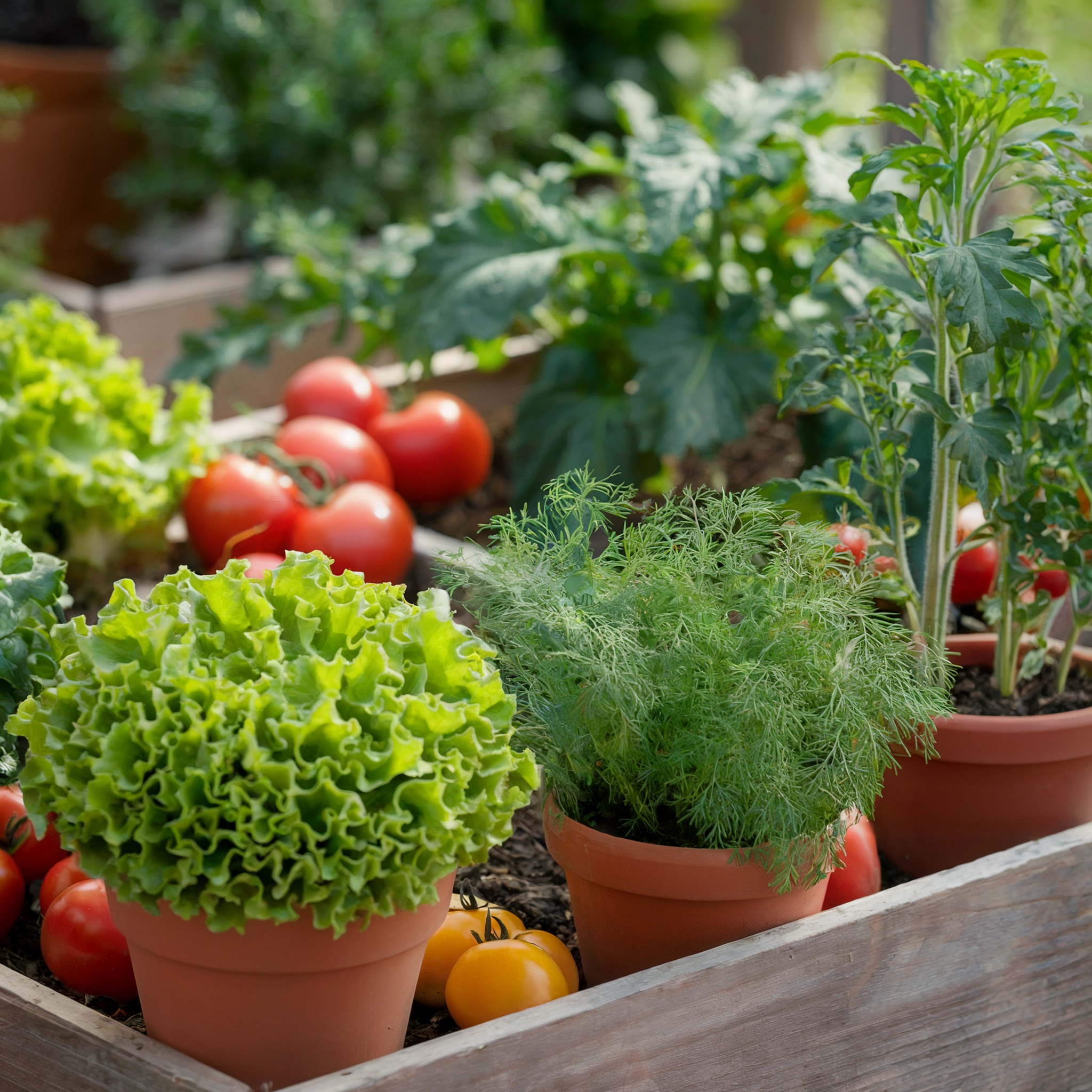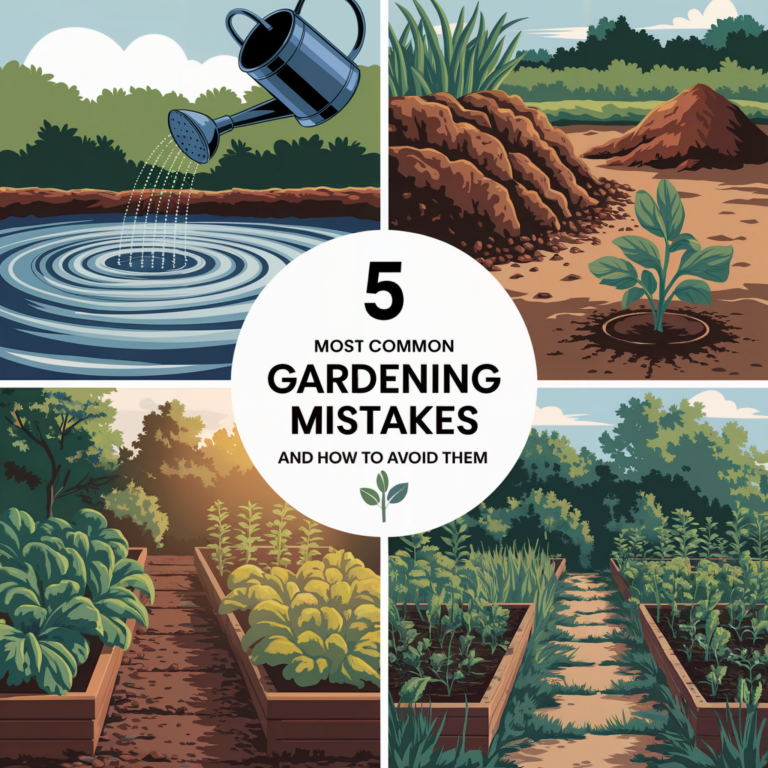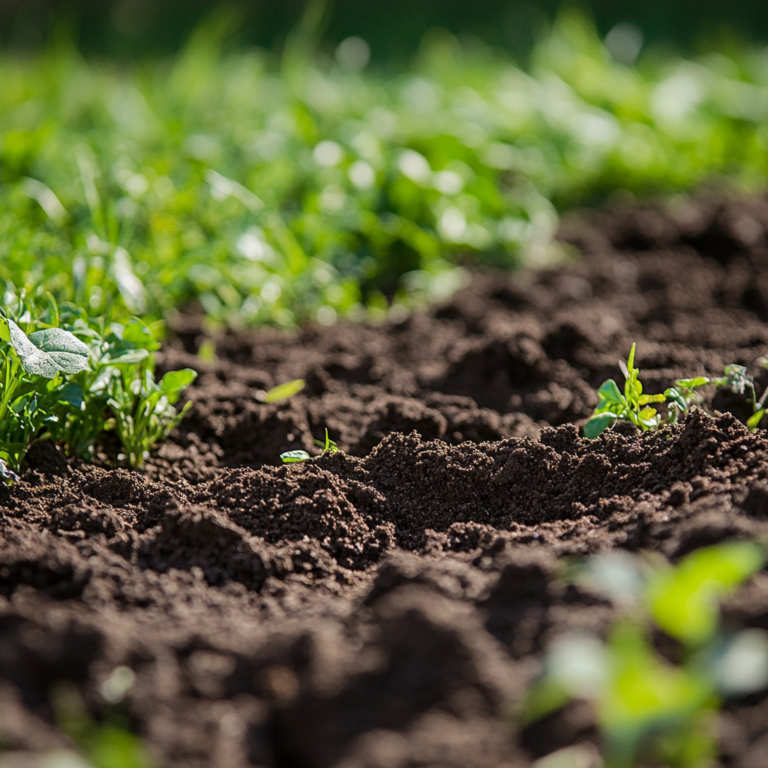We may earn a small commission when you purchase through our affiliate links. This helps fund Quiet Meadows Homesteading and our mission to promote self-reliance. We appreciate your support!
Have you ever thought about growing your own veggies right at home instead of buying them at the store? If so, then let me help you get started. Let’s break it down into simple steps that anyone can follow—even if your gardening experience is limited to watering a potted plant. In this post, I’ll go over the first steps you can use whether you have a huge backyard or a few pots on a windowsill.
Why Grow Your Own Vegetables?
Growing your own food isn’t just about cutting grocery bills—it’s about knowing exactly where your food comes from. When you plant your own vegetables, you control what goes into the soil and onto your plate. It can also be a surprisingly rewarding hobby that gives you a daily dose of satisfaction when you see those first sprouts emerge.
Here are a few perks:
- Freshness: Homegrown veggies can be picked at their peak, giving you superior flavor and nutrition. Nothing beats a tomato that was picked just minutes ago.
- Cost Savings: Even a small garden can reduce your grocery bill over time.
- Health: Homegrown produce is often free of pesticides and can be grown organically.
- Fun: It’s a great hobby that gets you outside and moving.
Getting Started: The Basics
1. Pick the Right Spot
Find a sunny spot in your yard or balcony. Most veggies need at least 6 hours of sunlight a day. If you’re in an apartment, container gardening may be your only option.
- Sunlight: Most vegetables need about 6 hours of direct sunlight a day. Walk around your yard or balcony at different times to find the sunniest spot.
- Space: Whether it’s a backyard patch, a raised bed, or containers on your balcony, measure the area so you can plan your layout. Remember, you don’t need a huge space—a few containers can produce a surprising amount.
- Water: Consider how you’ll water your garden. Is there a convenient water source? If not, plan for watering methods that suit your space, like self-watering planters.
2. Choose Easy Vegetables
Start with plants that are forgiving and low-maintenance. Consider:
- Leafy Greens: Lettuce, spinach, and arugula grow quickly and tolerate a bit of neglect. They grow fast and are easy to care for.
- Tomatoes: Cherry or grape varieties are great for beginners. They’re often more resilient and yield abundant fruit.
- Herbs: Basil, mint, or parsley require little space and minimal effort. They are simple to grow and add fresh flavor to your meals.
- Radishes: They’re fast-growing and can be harvested in just a few weeks.
Tip: These vegetables require minimal care and are generally resistant to common pests. As you build confidence, you can experiment with more challenging crops.
3. Prepare Your Soil or Containers
Healthy soil is the foundation of any good garden. If you’re using a garden bed, you’ll need to enrich the soil. If you’re using containers, you’ll need a quality potting mix for a thriving garden.
- Soil Testing: Consider using a simple soil test kit to check pH and nutrient levels. This will help you know what amendments are needed.
- Adding Compost: Compost is like a nutritional shake for your plants. It adds essential nutrients and improves soil structure. Even a small amount of homemade compost can make a big difference.
- Container Tips: Choose a potting mix that’s light and drains well. You might add a bit of perlite or vermiculite if the mix seems too dense.
Tip: Proper soil preparation might seem tedious, but it’s a one-time investment that pays off throughout the season. Healthy soil means healthier plants.
4. Planting Your Garden
Now comes the exciting part—planting!
- Follow Directions: Each seed packet or plant label comes with instructions. Pay attention to depth, spacing, and timing. These details ensure your plants have room to grow.
- Succession Planting: Instead of planting everything at once, consider staggering your plantings. This way, you get a continuous harvest throughout the growing season.
- Companion Planting: Some plants grow better together. For example, basil can help improve the flavor of tomatoes, and marigolds can deter certain pests. Research a few companion planting ideas to boost your garden’s success.
Tip: Don’t worry if every seed doesn’t sprout. Gardening is a process of trial and error. Every mistake teaches you something valuable.
5. Water Wisely
Watering might seem simple, but it’s key to a thriving garden. Water your plants regularly, but avoid overwatering. A good rule of thumb is to water deeply once or twice a week rather than a little every day. This encourages strong root growth.
6. Keep It Organic
If you want to grow your veggies without chemicals, consider organic fertilizers and natural pest control. Many beginners swear by homemade compost tea and using neem oil to keep pests at bay.
A Few Tips and Tricks
- Mulching: Cover your soil with mulch (like straw or leaves) to help retain moisture and suppress weeds.
- Rotation: If you plant the same crop in the same spot year after year, you might exhaust the soil. Rotate your crops to keep the soil healthy.
- Patience: Remember, not every seed will sprout, and not every plant will thrive. It’s all part of the fun.
- Learning: If you’re curious for more detailed tips, check out our Organic Gardening Tips or Beginner’s Guide to Container Gardening.
Learning to Grow With Your Garden
The journey of vegetable gardening is a continuous learning process. Every season, you’ll find something new.
- Keep a Garden Journal: Write down what you plant, the results, and any lessons learned. Over time, this becomes an invaluable resource.
- Join a Community: Whether online or in local groups, talking with other gardeners can provide support, ideas, and a bit of friendly humor when things go sideways.
- Embrace the Journey: Remember, every great homestead began with a single seed. Each tiny success (and even the failures) builds toward a more self-sufficient future.
Keeping It Simple and Fun
The best part about vegetable gardening is that it’s your own personal masterpiece. There’s no need to mimic every trend—find what works for you. Even if your garden ends up looking a bit wild at first, it’s all part of the learning process. Embrace the mess, laugh at your mistakes, and enjoy the journey (think ‘Happy Trees’).
As you gain more confidence, you might want to expand your garden, try new vegetables, or even dive into more advanced topics like greenhouse gardening or Hydroponics. But for now, focus on enjoying the basics and savoring that first taste of homegrown success.
Ready to Grow?
Starting your vegetable garden is a small but powerful step toward a more self-reliant life. It’s not about perfection; it’s about learning, adapting, and enjoying the process. The first sprouts may be small, but they’re the beginning of something amazing—always remember, Every Great Homestead Began with a Single Seed.
If you found these tips useful, subscribe for more down-to-earth gardening advice and practical homesteading tips. And don’t forget to check out our other posts on topics like container gardening, organic pest control, and easy DIY projects. Your journey has just begun!




